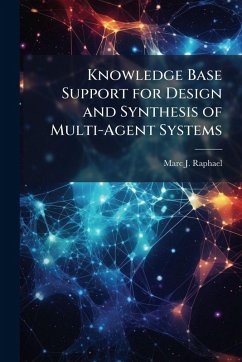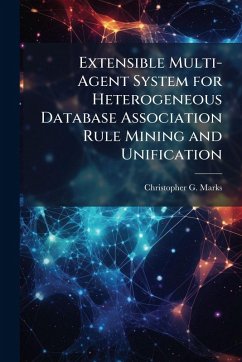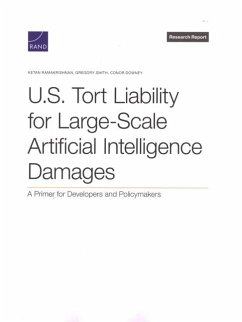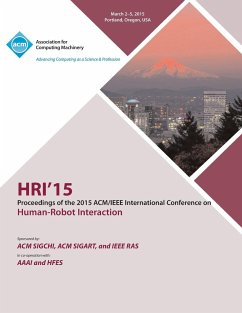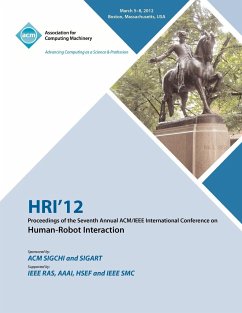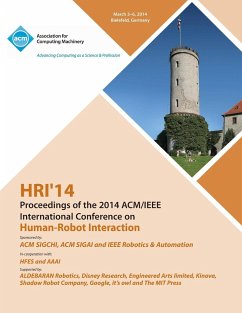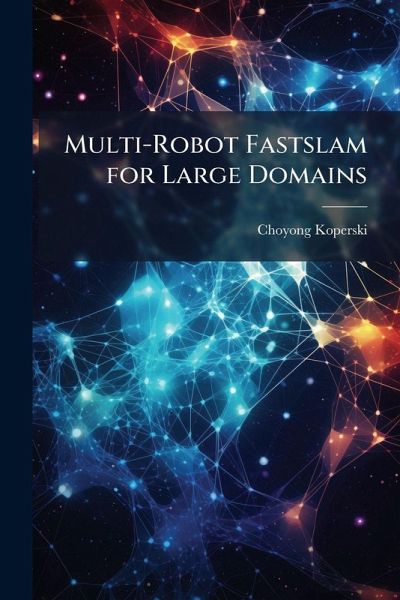
Multi-Robot Fastslam for Large Domains
Versandkostenfrei!
Versandfertig in über 4 Wochen
17,99 €
inkl. MwSt.
Weitere Ausgaben:

PAYBACK Punkte
9 °P sammeln!
For a robot to build a map of its surrounding area it must have accurate position information within the area and to obtain the accurate position information within the area, the robot need to have an accurate map of the area. This circular problem is the Simultaneous Localization and Mapping (SLAM) problem. An efficient algorithm to solve it is FastSLAM, which is based on the Rao-Blackwellized particle filter. FastSLAM solves the SLAM problem for single-robot mapping using particles to represent the posterior of the robot pose and the map. Each particle of the filter possesses its own global ...
For a robot to build a map of its surrounding area it must have accurate position information within the area and to obtain the accurate position information within the area, the robot need to have an accurate map of the area. This circular problem is the Simultaneous Localization and Mapping (SLAM) problem. An efficient algorithm to solve it is FastSLAM, which is based on the Rao-Blackwellized particle filter. FastSLAM solves the SLAM problem for single-robot mapping using particles to represent the posterior of the robot pose and the map. Each particle of the filter possesses its own global map which is likely to be a grid map. The memory space required for these entire maps pose a serious limitation to the algorithm's capability when the problem space is large. In addition this problem will only get worse if the algorithm is adapted to a multirobot mapping. This thesis presents an alternate mapping algorithm that extends this single-robot FastSLAM algorithm to a multi-robot mapping algorithm that uses Absolute Space Representations to represent the world. This work has been selected by scholars as being culturally important, and is part of the knowledge base of civilization as we know it. This work was reproduced from the original artifact, and remains as true to the original work as possible. Therefore, you will see the original copyright references, library stamps (as most of these works have been housed in our most important libraries around the world), and other notations in the work. This work is in the public domain in the United States of America, and possibly other nations. Within the United States, you may freely copy and distribute this work, as no entity (individual or corporate) has a copyright on the body of the work. As a reproduction of a historical artifact, this work may contain missing or blurred pages, poor pictures, errant marks, etc. Scholars believe, and we concur, that this work is important enough to be preserved, reproduced, and made generally available to the public. We appreciate your support of the preservation process, and thank you for being an important part of keeping this knowledge alive and relevant.




